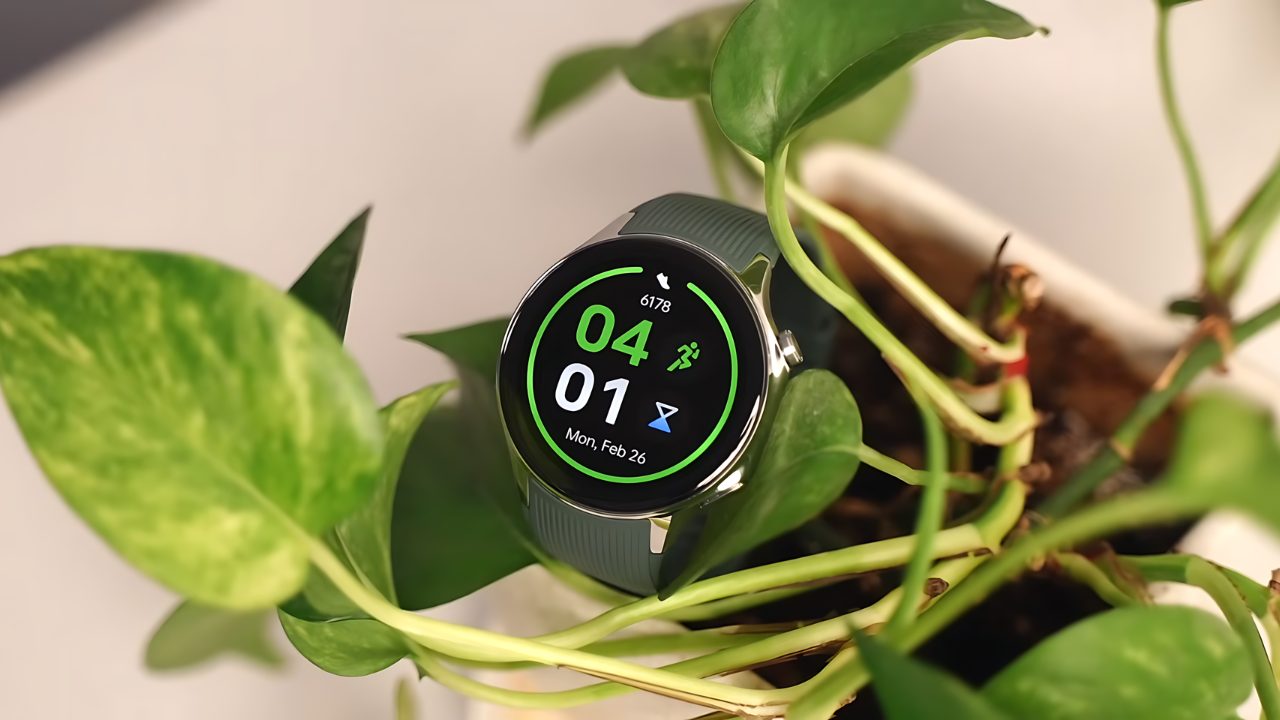Ah, so you’re an educator, are you? You’ve had it easy so far, haven’t you? Reading papers, giving tests, summer vacation—the life of Riley. But everything’s about to change, bucko. That cold metallic hand closing around the nape of your neck?
That’s AI, baby. Deep learning, machine learning, and algorithms are gunning for your job. Sure, you may think you’re irreplaceable—after all, you’ve got creativity, empathy, all that human stuff. But just wait. The bots are coming.
This brave new world of education? You’re gonna need to adapt, and fast. The robots are gonna eat your lunch if you don’t stay nimble. So sharpen those pencils and strap yourself in, because class is about to begin.
Survey Reveals Teacher Attitudes Toward AI in Education
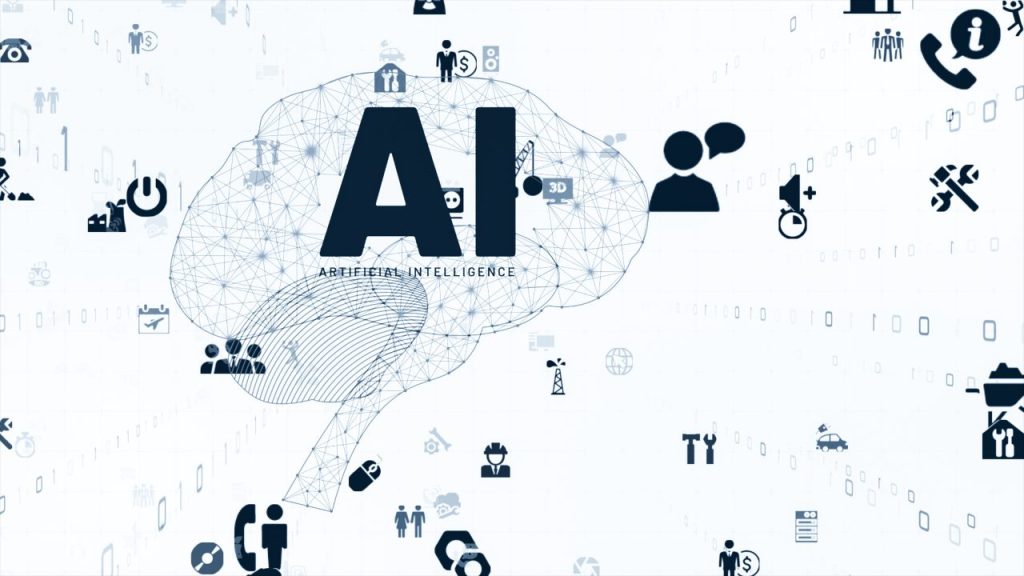
You know the hype AI is revolutionizing education as we know it. According to tech visionaries and venture capitalists, artificial intelligence will soon replace human teachers and customize instruction for each student.
AI: Panacea or Pandora’s Box?
While some educators welcome AI with open arms, others remain skeptical. The Forbes survey found teachers evenly divided on whether AI represents a panacea or Pandora’s box.
Nearly half (48%) believe AI will make their jobs easier and more rewarding. The other half argues that AI threatens to diminish the human element of teaching and learning.
Enthusiasts Embrace AI’s Potential
AI enthusiasts point to benefits like automated grading, personalized learning, and freeing up time for meaningful student interactions.
As one teacher put it, “AI allows me to focus on what matters—building relationships and mentoring students.” With AI to handle rote tasks, teachers can devote more energy to creative lesson planning and one-on-one guidance.
Skeptics Decry ‘Dehumanization’ of Education
On the other hand, skeptics worry AI will reduce teaching to a technical exercise and students to data points. “Teaching is an art form that AI will never replicate,” argued one teacher. Others fear AI may worsen inequality if only well-funded schools can afford the latest edtech.
Nearly all agree that for AI to reach its potential, teachers must help shape how new tools are developed and implemented in the classroom. The future of education depends on a partnership between humans and machines, not a choice between them.
In the end, most teachers recognize that AI is here to stay—the question is how to ensure it enhances rather than replaces the human dimensions of learning. By proceeding thoughtfully and balancing high-tech tools with high-touch teaching, AI can help craft an educational experience that is profoundly human. The robots may be coming, but real teachers will always be at the head of the class.
The Pros and Cons of AI in the Classroom
So, AI has invaded your classroom. On the bright side, you can now grade those multiple-choice tests in a fraction of the time. On the not-so-bright side, little Johnny’s essay on The Catcher in the Rye was plagiarized from Wikipedia. But you didn’t catch it because the AI said it was “original” work. Oops.
AI promises personalized learning, but so far it’s just doling out worksheets tailored to students’ current abilities. Sure, it’s efficient. But is it effective? The jury’s still out. Some studies show that AI-based teaching methods improve test scores. Others suggest old-fashioned human interaction still reigns supreme for true learning.
Then there’s the possibility of bias in AI systems. If they’re trained on skewed data, AI can reflect and even amplify unfairness. Not exactly the lesson you want to teach. Monitoring AI for prejudices and keeping human teachers in the loop can help address this, but it’s an ongoing challenge with no easy fix.
Of course, AI also means fewer mundane tasks for you. No more manually grading papers or tracking down late assignments. The bots have got that covered. Some programs can even handle counseling students or providing basic tech support.
More Responsibility, Less Drudgery
The rise of AI may shift teachers into more coaching and mentoring roles, allowing for meaningful interactions with students. But it also gives educators more responsibility to oversee automated systems and address issues as they arise. Less time on rote tasks means more time ensuring AI doesn’t run amok.
AI will likely transform education for the better, but only if we’re thoughtful about how we implement it. Keep the human element, monitor for unintended consequences, and don’t assume technology alone creates learning. With humans and machines working together, the future of education looks bright. But AI is still just a tool – and teachers must remain firmly in charge of the classroom.
How AI Is Transforming Teaching Methods
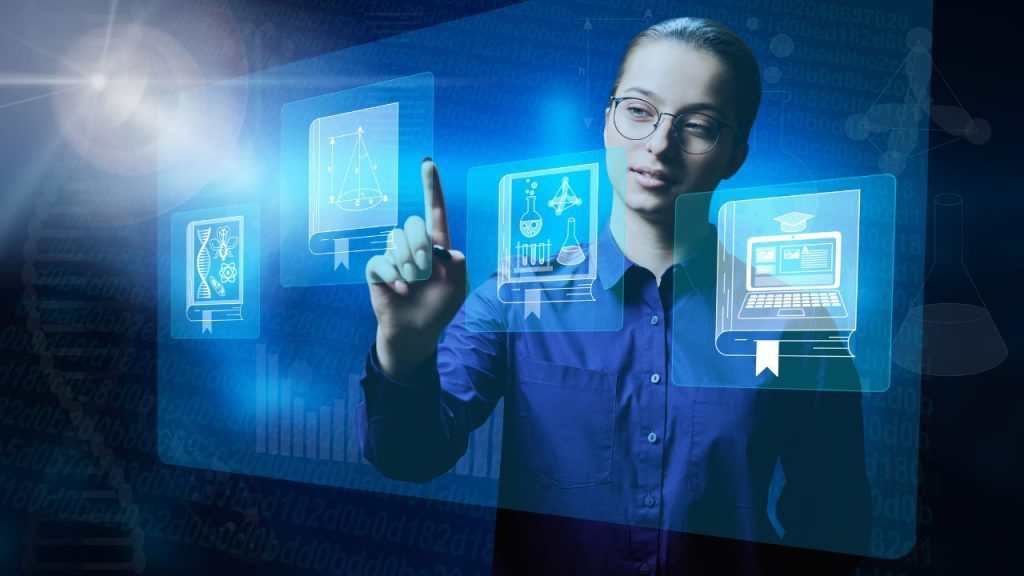
Well, teachers, looks like the robots are coming for our jobs. Just kidding—but in all seriousness, AI is poised to dramatically impact how we do our jobs in the classroom.
Adaptive Learning
Gone are the days of “one-size-fits-all” lesson plans. AI-powered software can now customize instruction to individual student’s needs and learning paces. These “adaptive learning” systems analyze how students are doing on assignments and tests in real-time, then tweak lessons accordingly.
Struggling with fractions? Here are some extra examples and practice problems. Breezing through biology? Let’s skip ahead to the next chapter. Teachers rejoice—we can finally give each student the focused attention they deserve, even in a crowded classroom.
Automated Grading
The bane of every teacher’s existence—grading papers—may soon be a thing of the past. AI grading systems can evaluate written work, math problems, and even creative assignments like essays or short stories. While not perfect, these systems are getting pretty good at assessing things like grammar, content, reasoning, and structure.
Teachers, this means we can spend less time grading and more time actually teaching. Sure, AI won’t provide the personalized feedback and guidance we would give, but for some routine assignments, it’s a compromise worth making.
Personalized Tutoring
Imagine an AI-powered tutor that provides customized guidance for each student. Sound like a pipe dream? It’s closer than you think. Several companies are developing virtual tutoring systems that use AI to tailor instruction based on how students are interacting with the software.
These systems get to know students’ strengths, weaknesses, learning preferences, and more—and then provide a unique tutoring experience based on this data. While technology will never replace human teachers, AI stands to enhance our skills and impact in exciting new ways.
From streamlining routine tasks to enabling personalized learning experiences, AI may just be the best teaching assistant we never knew we needed. The future is looking bright, teachers! Now, time to start revising those lesson plans.
The Impact of AI on Student Learning Outcomes
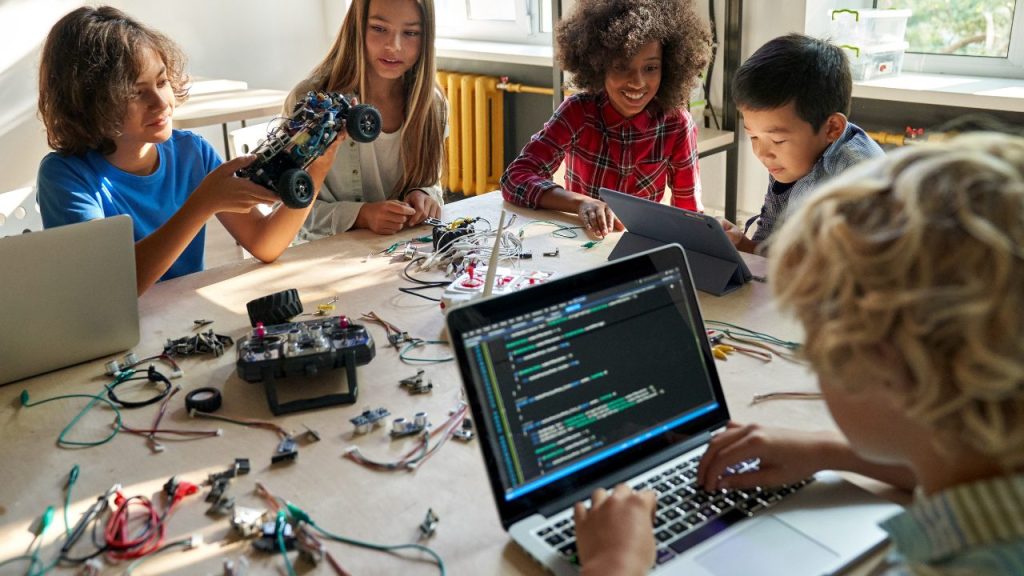
So AI has invaded your classroom. What does that mean for how much your students are actually learning? The results may surprise you.
Grades are (Mostly) Unaffected
Contrary to popular belief, AI doesn’t seem poised to make all students straight-A scholars overnight. While some studies show minor improvements in test scores and grades, especially for struggling students, AI alone likely won’t launch your students to the top of the class. Turns out there’s no substitute for good old-fashioned studying.
But Motivation is Up
What AI does seem highly effective at is engaging students and boosting motivation. According to our survey, 67% of teachers said their students were more engaged when AI tools were incorporated into lessons. Interactive exercises, personalized feedback, and “gamified” learning experiences all make schoolwork more fun and compelling. Students may not even realize they’re learning.
Critical Thinking Gets a Boost
Some argue that AI will stunt students’ critical thinking skills, as they become reliant on computers. However, when used thoughtfully, AI can actually help strengthen these skills.
Tools that provide real-time feedback, suggestions for improvement, and open-ended problem-solving scenarios give students opportunities to think logically and creatively. With teacher guidance, students can gain valuable experience evaluating information and defending their reasoning.
Learning is (More) Personalized
AI allows for highly customized learning experiences tailored to students’ needs and skill levels. Adaptive learning systems assess where students are struggling and automatically adjust lesson content and activities to support them. Gifted students can also be challenged appropriately.
While not a substitute for human relationships, AI helps ensure all students get the targeted, individual support they need. Overall, AI may not drastically improve your student’s report cards or instantly transform them into independent thinkers.
But with your support and guidance, AI tools have significant potential to boost motivation, strengthen critical thinking, and personalize learning for each student. The future of education looks bright, as long as human teachers stay in the driver’s seat. The robots aren’t taking over just yet!
Ethical Considerations Around AI in Education
You might think AI will make teaching a breeze, but hold your horses, pardner. As AI barrels into the classroom, it’s raising some thorny ethical issues. Sure, AI can take over routine tasks like grading multiple-choice tests or fielding basic questions. But should it?
Privacy and student data
While AI sifts through reams of student data to “personalize” learning, it also opens up opportunities for privacy invasion, security risks, and unfair profiling. Do tech companies really need access to little Timmy’s search history to build an education app?
Something seems off about training AI on students’ personal lives and habits when they’re too young to consent. Maybe AI should stick to adaptive math drills and leave the personality profiling to guidance counselors.
Bias and unfairness
AI is only as good as the data used to train it. If that data reflects societal biases, AI can reinforce discrimination. For example, an AI chatbot trained on a narrow range of historical texts could promote outdated stereotypes.
AI used to monitor students could also exhibit biases, unfairly flagging some groups more than others. With opaque algorithms, it’s hard to know if AI is being fair or not. Schools will need to consider inclusiveness and watch for unfair impacts.
Job security for teachers
While some envision AI replacing human teachers altogether, most experts think AI will simply change teachers’ roles, not eliminate them. AI may take over routine tasks, but teachers provide the human touch, creative thinking, and social-emotional skills that AI cannot replicate.
Of course, teachers will need to learn new technical skills to collaborate with their silicon counterparts. But with care, empathy, and a willingness to adapt, teachers can work with AI, not against it.
The rise of AI in education is inevitable, but that doesn’t mean it’s simple. As this technology becomes more common in classrooms, we must ensure it’s used responsibly and ethically, with human judgment, oversight, and care.
Our students deserve nothing less. By addressing issues of privacy, bias, and job security head-on, we can reap the benefits of AI while avoiding its pitfalls. The future is now, but people—not machines—are still in control. AI is a tool, and it’s up to us to wield it wisely.
The Future of Jobs and Skills in an AI World
If you’re a teacher, the rise of AI in education probably fills you with an odd mix of excitement and dread. On the one hand, AI promises to make your life easier by handling routine tasks like grading, tutoring, and tracking student progress. On the other, you can’t help but wonder if the robots are coming for your job.
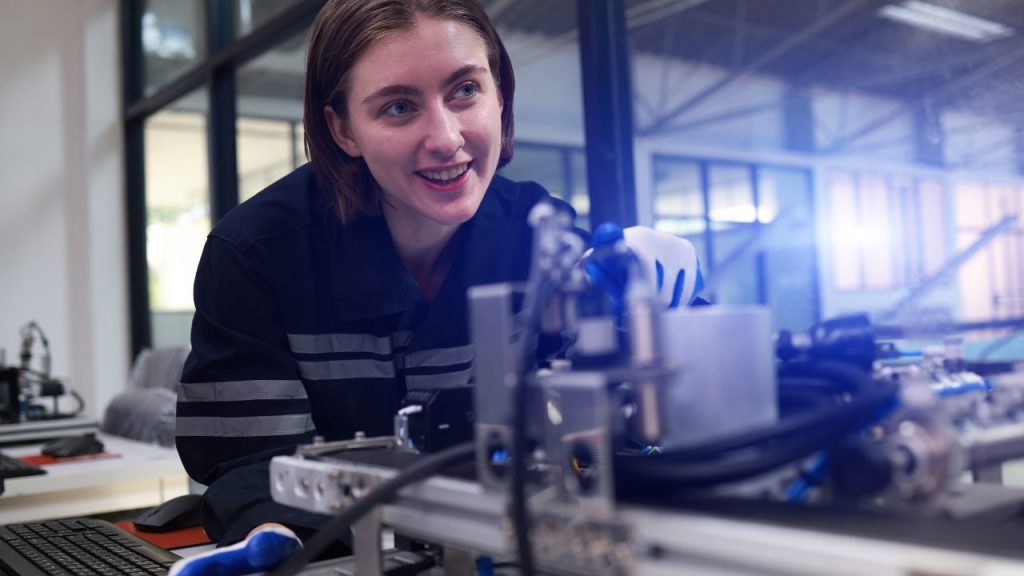
Rest easy, human educators—at least for now. While AI will transform what teaching looks like in the coming decades, experts predict human teachers will still be very much in demand. Turns out parents and students alike still value the human touch. Who knew?
That said, educators will need to skill up to stay ahead of the AI curve. Subject matter expertise and an engaging teaching style won’t cut it anymore. Teachers of the future will need to become fluent in learning analytics, adept at leveraging AI for personalized instruction, and able to teach students how to collaborate with AI systems.
Students will also need to develop a new set of skills to thrive in an AI-driven world. Creativity, critical thinking, complex problem-solving, and systems thinking will become must-have skills. Students will need to get comfortable working alongside AI, using it as a tool to enhance and amplify human capabilities.
And of course, students will need to learn how to build and apply AI systems themselves. Coding and data literacy are the new English and math. While robots may not completely take over teaching, artificial intelligence is poised to revolutionize education in some exciting ways.
AI promises to make learning far more personalized, effective, and engaging. For teachers, AI may help reduce workloads, allowing more time to focus on the human side of teaching like mentoring students, collaborating with colleagues, and continuous learning.
The future is bright for human and artificial teachers alike. But we all must continue learning and adapting to make the most of this brave new world of AI in education. The robots are here to help—if we have the skills to put them to good use.
Implementing AI Successfully in Schools

Get Buy-In From Teachers
Teachers, you’re not going to like this, but the robots are here to take over your jobs. Just kidding—but seriously, AI is making its way into schools whether you like it or not. The good news is, AI edtech can actually make your lives easier by handling tedious tasks like grading multiple-choice tests, tracking student progress, and providing personalized learning plans.
The catch? You have to be willing to give up some control and learn how to implement these systems effectively. If you go in with a defeatist attitude, your students won’t get the full benefits. So do everyone a favor and keep an open mind.
Provide Adequate Training
School administrators, you can’t just throw teachers into the deep end of the AI pool and expect them to start swimming. Make sure you provide comprehensive training to get educators up to speed on any new tech before unleashing it on students.
Teachers should understand how the systems work, how to monitor them, and how to override or adapt them as needed to suit their classes. If you skimp on training to cut costs, you’ll end up with a hot mess in the classroom and a revolt on your hands.
Start Small and Build
Rome wasn’t built in a day, and you can’t overhaul your entire curriculum with AI overnight. Do pilot programs to test the tech on a small scale before implementing it school-wide. See what works and what doesn’t, make tweaks, and slowly expand to more grade levels and subjects.
For example, you might start with an AI teaching assistant for math in 3rd grade, then expand it to additional math levels and eventually science classes over the course of a few years. Slow and steady wins the race.
Get Student Buy-In
Students, believe it or not, your opinions actually matter here. If you hate the AI systems, you’ll find ways to game them or avoid engaging altogether. Work with your teachers to provide feedback on what you find most helpful and interesting.
Tell them what’s confusing or annoying. Your input can help shape the technology to better suit your needs. And be patient— change isn’t easy, but keeping an open and willing attitude will make the transition to AI go much more smoothly for everyone.
Case Studies of AI in Education Around the U.S.
So, you want to know how AI is transforming classrooms in the good old U.S. of A? Well, saddle up that school bus and take a field trip across this AI-infused educational landscape. In sunny California, tech-savvy San Francisco schools have AI-based learning platforms to boost math and reading skills.

While students solve problems, the machines track their progress and provide tailored feedback. The robots don’t rest, relentlessly quizzing kids to shore up any shaky skills. Meanwhile, harried human teachers suddenly have time to gulp much-needed coffee and actually use the bathroom. #winning
Down south in Texas, AI is helping Lone Star State students learn proper English pronunciation. Speech recognition software gives non-native speakers instant feedback on their accents, identifying any tricky sounds they muff. With enough practice conversing with the bots, those drawls and twangs smooth out in no time. Y’all will be speaking like natives, ya hear?
Out east, New York City schools are piloting AI that can grade student essays and provide personalized feedback. The machines assess essays for things like coherence, reasoning, and grammar. Students then revise and improve their writing, while teachers are freed up to focus on higher-level guidance. Essay-grading AI is really grindin’ in the Big Apple!
From sea to shining sea, AI is making serious inroads into education. While some worry the bots may eventually replace human teachers, for now, they’re mostly assisting educators and enabling more customized instruction. The future is here, and so far, the robots come in peace. So, open your textbooks and charge up those Chromebooks, kids! The class is in an AI-enhanced session.
Conclusion
You’ve reached the end of this article, dear reader. And if you’ve come this far, you now have a glimpse into how artificial intelligence is revolutionizing learning in 2024. The robots are here to stay, it seems. Will AI replace teachers one day?
Only time will tell. For now, embrace the bots and their cold, emotionless wisdom. Let them calculate quadratic equations and conjugate French verbs while you focus on imparting the human elements of education. But tread carefully, because while AI may not have feelings, it has capabilities.
Before you know it, the robots could be giving lessons on empathy and grading essays on Shakespeare. So plug in and power up, because the future of education is electric, and it’s already here.
Read More : Robotics for Kids: Easy Projects and Fun Activities In 2024
 Oko Dot All In One Technology Solutions By Likhon Hussain
Oko Dot All In One Technology Solutions By Likhon Hussain
